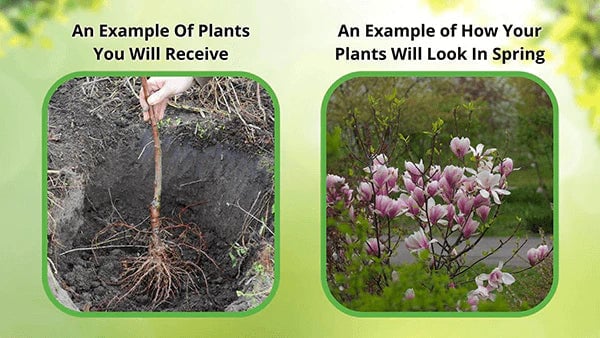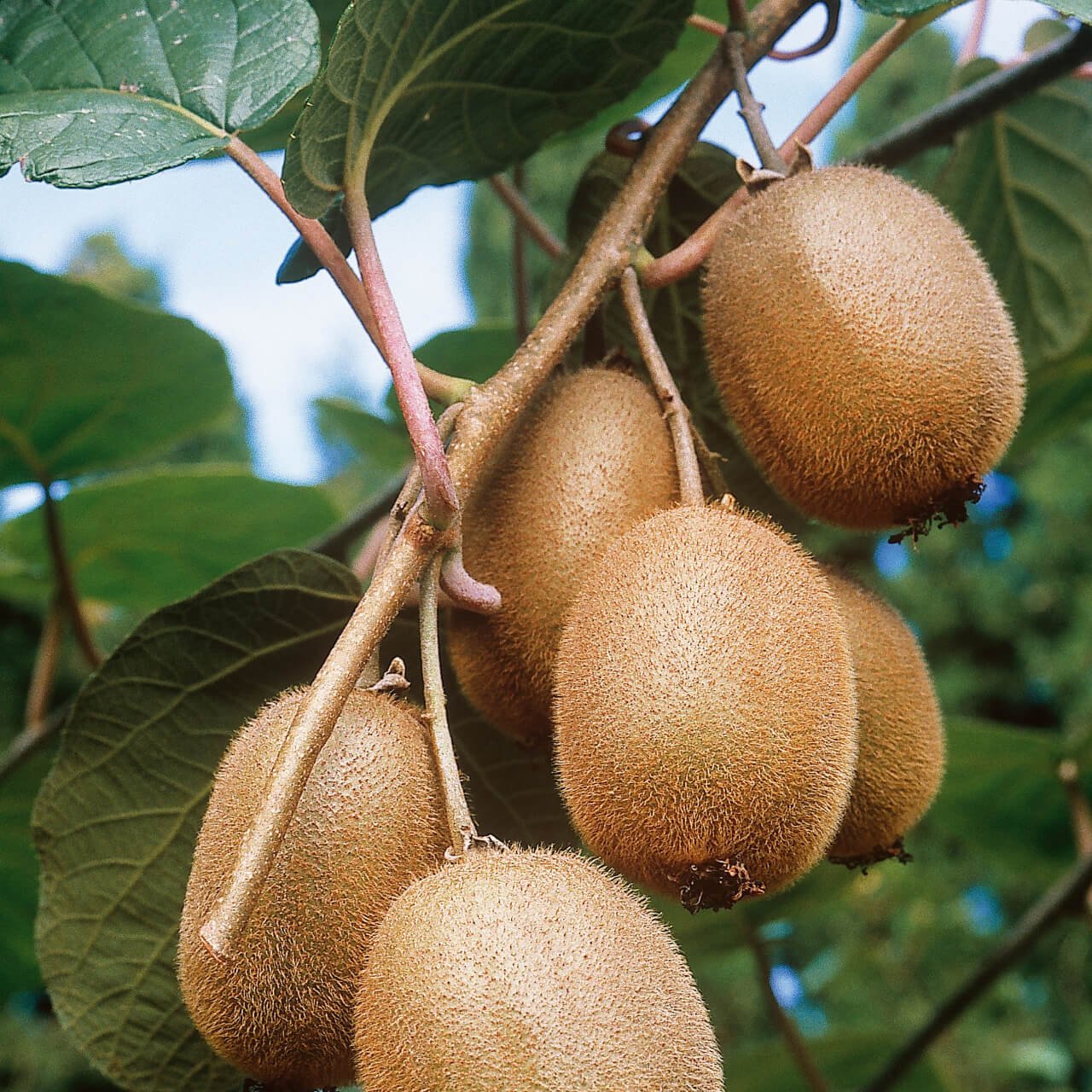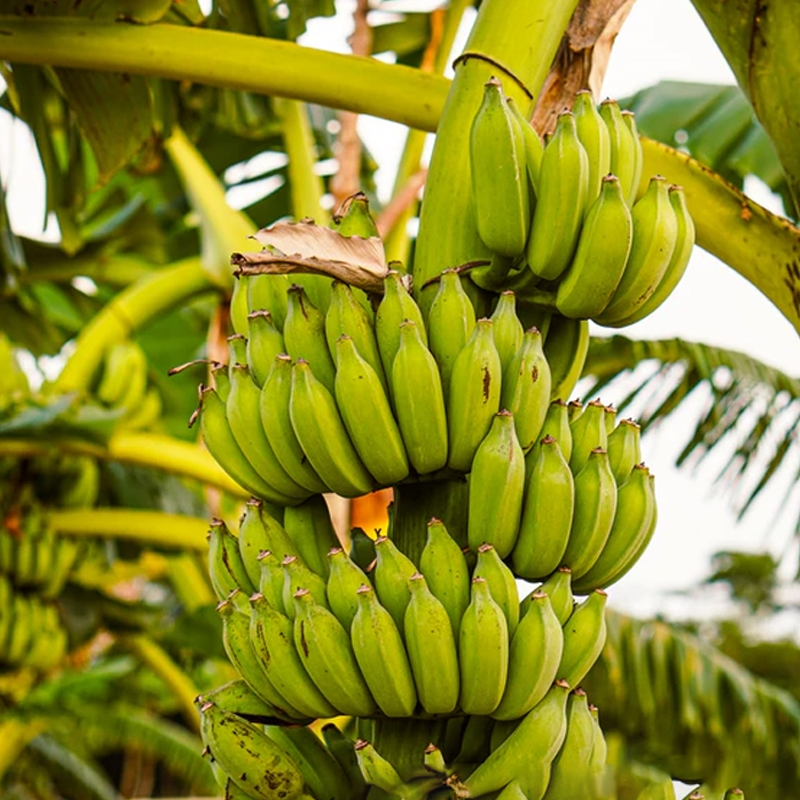


Ginkgo Biloba Wholesale
Unique, beautiful fan-shaped leaves
Exceptional fall golden foliage
Tolerant of urban pollution
Thrives in
ZONE 3ZONE 4ZONE 5ZONE 6ZONE 7ZONE 8ZONE 9This plant ships:
Ships Week of May 12th1 Year Guarantee on all plants
Ginkgo Biloba Wholesale
SHIPS FAST. For full details, visit: www.tnnursery.net/products/ginko-biloba
This Is How Your Plants Will Look upon Delivery

Bloom Season
Summer
Height at Maturity
Over 25 Feet
Care
Ginkgo biloba flourishes in well-drained soil with regular watering. This hardy tree is tolerant of urban conditions and pollutants. Prune as needed to maintain shape and clear dead or diseased branches to ensure a healthy, attractive tree.
Plant Reproduction
Ginkgo Biloba spreads by wind-dispersed seeds and root suckers.
Plant bare root trees during the dormant season in early spring or late fall (November through April). Dig the hole twice as wide as the roots so the soil is well-drained. Position the tree so the root flare is at or just above ground level. Fill the hole back with the soil you dug from and water. Maintain soil moisture, especially in the tree's early years, by providing deep, regular watering. Apply a 2-4 inch mulch away from the trunk at the base to retain moisture and suppress weeds. Prune trees during the first few seasons to establish strength and resilience, remove damaged branches, and continue maintenance pruning as the tree matures. Regularly inspect for pests and diseases and apply integrated pest management practices. Protect young trees from mechanical damage and extreme temperatures with tree guards, and stake them if necessary for support, removing the stakes after one or two years.
Shipping date depends on the date displayed and chosen when you order from the product's page.
We only accept returns on plants verified dead. If you think your plants have died, we offer a 1 year warranty, please use this File a Claim Link to verify dead plants and start with return warranty process.





Stunning Fall Foliage:
Ginkgo Biloba turns a brilliant golden yellow in fall, adding vibrant color to any landscape.
Air Purification:
Ginkgo Biloba helps improve air quality by absorbing pollutants and releasing oxygen.
Unique Leaves:
The fan-shaped leaves are visually striking and create a unique look in any garden.
Longevity and Durability:
These trees can live for centuries, making them a lasting addition to your garden.
Caring Tips
How do I care for my Ginkgo Biloba Wholesale?
Each box contains detailed care instructions and information about your product. But here's the basics.
Care Tips
Ginkgo biloba flourishes in well-drained soil with regular watering. This hardy tree is tolerant of urban conditions and pollutants. Prune as needed to maintain shape and clear dead or diseased branches to ensure a healthy, attractive tree.
Light Requirements
Ginkgo biloba flourishes in full sun to partial shade. It favors at least 4-6 hours of direct sun daily for best growth and vibrant foliage. In shadier conditions, growth may be slower, and leaf color may need to be more brilliant.
Hardy Planting Zones
3 • 4 • 5 • 6 • 7 • 8 • 9
Header
Use this content to share information about your store and products.
Frequently Asked Questions
How often should I water my plants?
How do I know if my plant is getting too much or too little sunlight?
What should I do to prepare my plants for winter?
What are the signs that my plant needs fertilizing?
How can I prevent pests from damaging my plants?
How do I choose the right plant for my climate zone?






